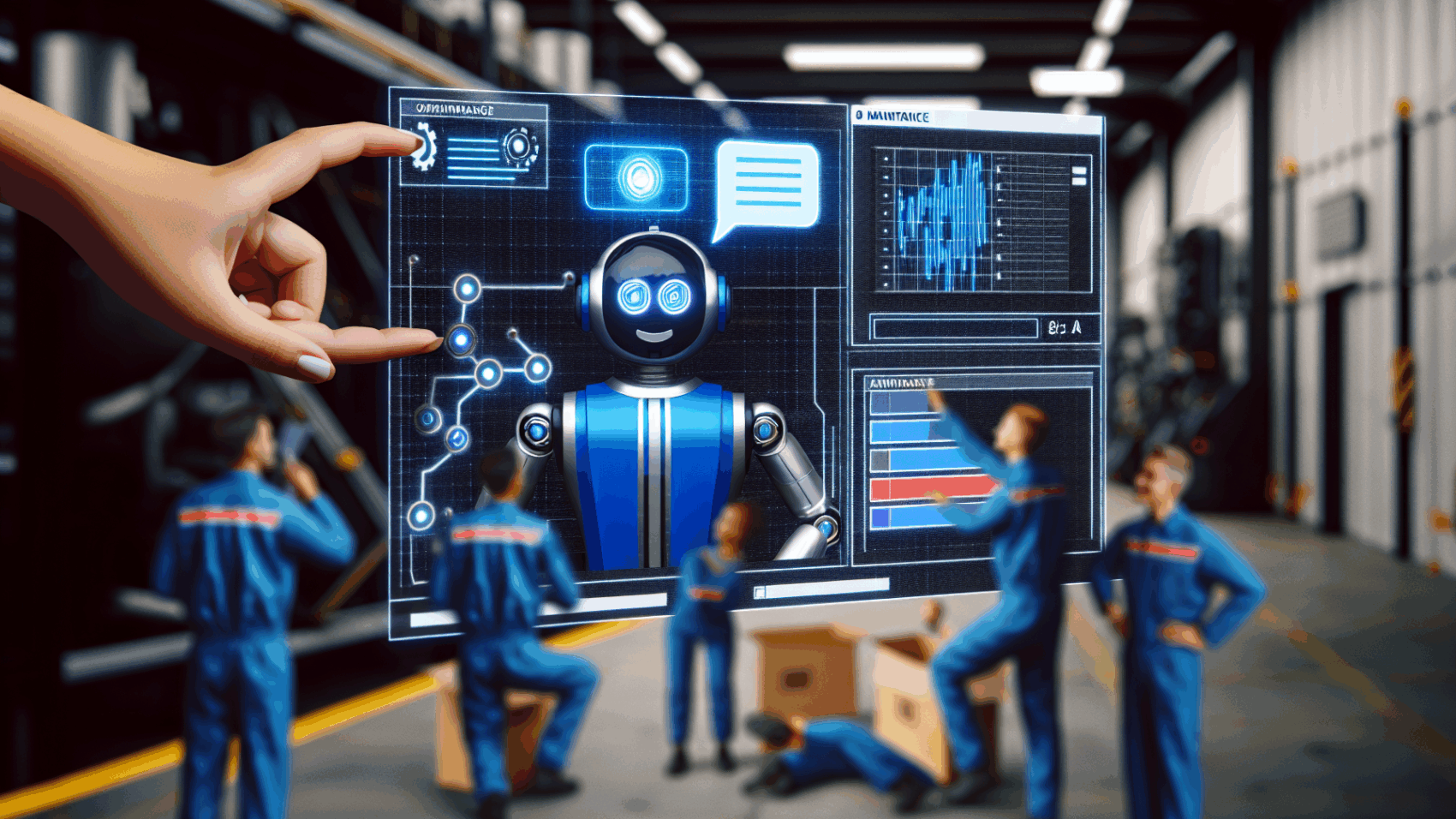Discover the transformative power of AI chatbots in modern maintenance practices. This article delves into how these intelligent systems are revolutionizing the field by providing actionable insights, expert recommendations, and real-world applications to elevate operational efficiency. Uncover the potential of AI chatbots to reshape industry standards and drive innovation.
The Impact of AI Chatbots on Maintenance Strategies
AI chatbots, leveraging natural language processing and machine learning, have significantly transformed maintenance strategies across various sectors. They automate routine checks, enabling corporations to efficiently manage resources while significantly enhancing predictive maintenance practices. This evolution is not just about automating tasks but optimizing the entire maintenance workflow. For example, in customer service, AI chatbots handle initial inquiries, troubleshooting, and even schedule repairs, thereby streamlining operations and reducing the workload on human agents. Their ability to learn from interactions allows for continuous improvement in service quality and speed.
In industrial settings, these advanced agents play a crucial role in predictive maintenance. By analyzing data from machinery, they predict potential failures before they occur, scheduling maintenance only when necessary. This not only minimizes downtime but also extends the lifespan of equipment, offering a stark contrast to the traditional schedule-based maintenance approaches.
However, deploying AI chatbots comes with its set of challenges. Ensuring these systems can accurately interpret and act on complex maintenance requests requires substantial initial training. Moreover, there’s an ongoing need to update their knowledge base to keep up with new technologies and maintenance practices.
To successfully integrate AI chatbots into maintenance operations, companies should focus on detailed programming and continuous training of these bots. Collaboration between AI developers and maintenance experts is essential to create a system that truly understands the nuances of maintenance requirements. By doing so, organizations can harness the full potential of AI chatbots to minimize downtime, reduce maintenance costs, and improve overall outcomes.
Conclusions
AI chatbots have emerged as game-changers in the maintenance industry, offering a suite of tools that streamline operations, predict potential issues, and enable proactive strategies. This technological innovation has enabled companies to embrace a new era of efficiency and precision, ultimately leading to enhanced service quality and competitive advantage. Embracing AI chatbots is not just about keeping pace with technology—it’s about redefining the benchmarks of maintenance excellence.

